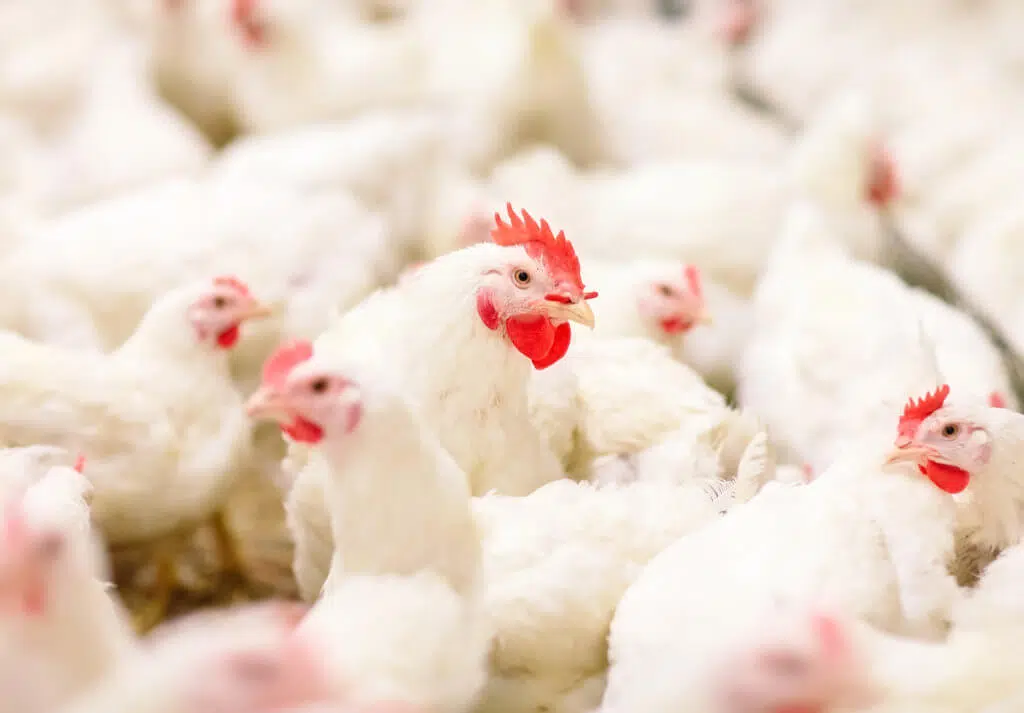It is well known that limestone is used as a major source of inorganic calcium (Ca) in commercial poultry diets, as well as microbial phytase to improve phosphorus (P) and Ca utilisation, and to reduce P excretion into the environment. The efficacy of commercial microbial phytase to degrade phytate (myo-inositol hexakisphosphate, or IP6) in the gastrointestinal tract can differ substantially, depending on the dose, dietary composition, and host genetics.
In a recent publication by Davin et al. (2020), the effect of two commercial limestone sources, with different particle size and solubility, on the efficacy of two phytases in broilers was evaluated. The two phytases, Buttiauxella spp. (PhyB) and Escherichia coli (PhyE), were applied at either 500 FTU/kg or 1 000 FTU/kg in the diet. The two limestone sources were feed-grade commercial products, one fast-soluble (FS), and the other slow-soluble (SS), containing similar levels of Ca. On day 21, ileal digesta were collected to determine the apparent ileal digestibility (AID) of P and Ca, and IP6 disappearance, and tibias for ash determination.
The SS limestone improved body weight gain (BWG), feed intake (FI), and FCR vs FS limestone in starter/grower phases (P<0.05) and improved AID of P (P<0.05) and IP6 disappearance (P<0.05) at day 21. At 1 000 FTU/kg, performance was equivalent (BWG and FI) or superior (FCR) to the PC, PhyB produced greater tibia ash, AID of P, and IP6 disappearance (P<0.05) than PhyE.
The findings showed that the effects of limestone particle size on phytase efficacy varied with phytase source and dose. Download the full article by Davin et al. (2020), entitled: “Effect of two commercial limestone sources with different solubility on the efficacy of two phytases in 0-21 d old broilers“, as published in the Journal of Applied Animal Nutrition.









